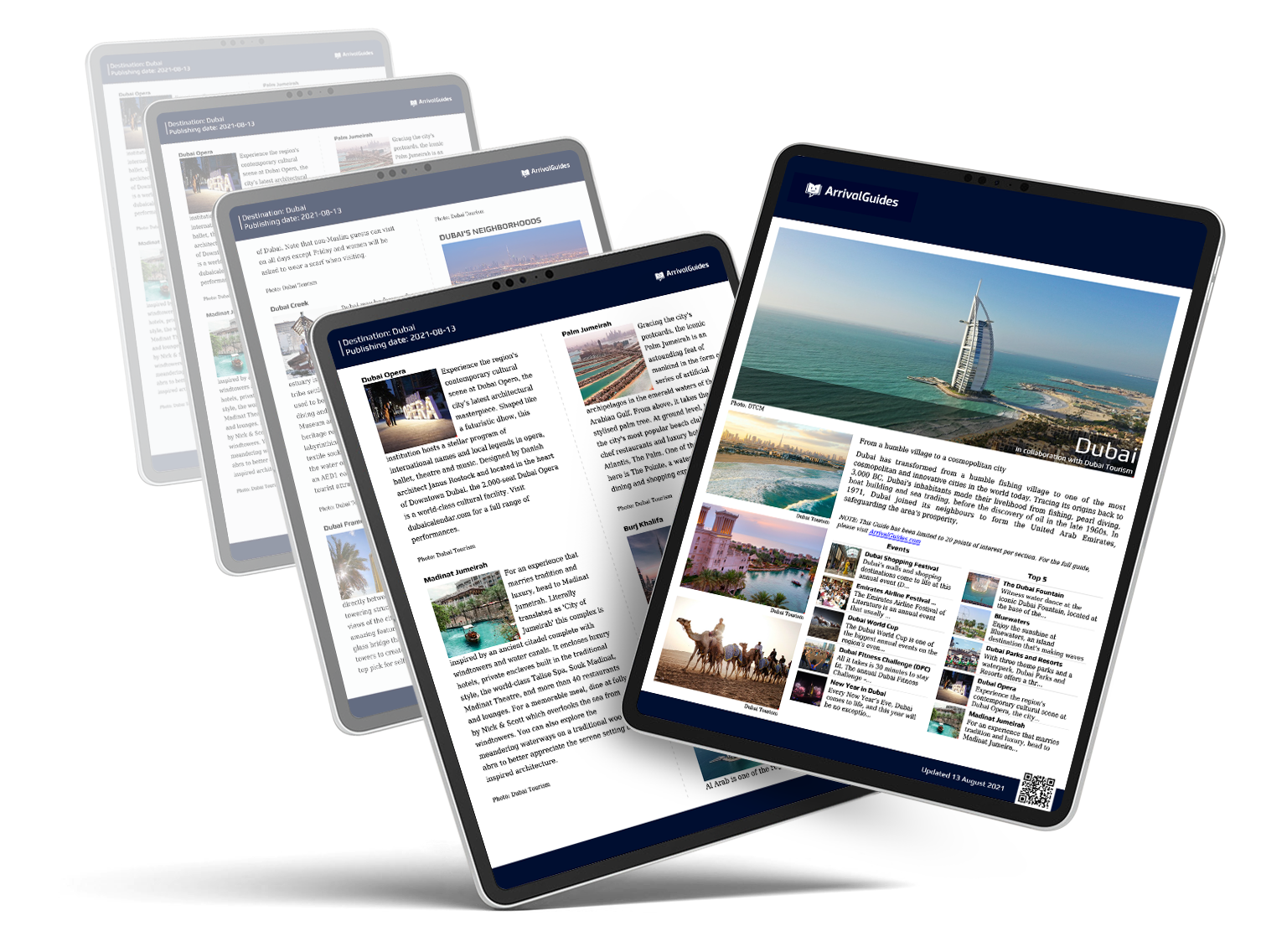
-
![Kolumba Museum, Peter Zumthor, Köln]() Provided by: eminneftci/Shutterstock
Provided by: eminneftci/Shutterstock

Our travel guides are free to read and explore online. If you want to get your own copy, the full travel guide for this destination is available to you offline* to bring along anywhere or print for your trip.
*this will be downloaded as a PDF.Price
€4,95
Kolumba
The guide was updated:Part museum, part architectural experience, Kolumba is run by the Archdiocese and brings together Christian art from Late Antiquity to today—paintings, sculptures, installations, all mixed across periods. The building, designed by Peter Zumthor, is worth seeing on its own. It was built over the ruins of the old St. Columba church, and the layers of history are part of the visit.
Useful Information
- Address: Kolumbastraße 4, Cologne
- Opening hours: Wed–Mon noon-5pm, Tue closed
- Website: www.kolumba.de
- Phone: +49 221 9331930
Digital Travel Guide Download
Our travel guides are free to read and explore online. If you want to get your own copy, the full travel guide for this destination is available to you offline* to bring along anywhere or print for your trip.
*this will be downloaded as a PDF.Price
€4,95

Right next to the Cathedral, this museum is a must if you're into modern art. It covers the last century or so—Pop Art, Surrealism, Expressionism—and has one of the biggest Picasso collections anywhere. There’s also a strong photography section and regular contemporary shows.
Read more

Lindt Chocolate Museum
If you’ve ever wanted to see a giant chocolate fountain in action, this is your spot. The museum covers 5,000 years of chocolate history, from ancient cocoa drinks to how Lindt makes its bars today. You’ll see real machines running, get a few samples, and probably leave craving more. Luckily, there’s a café and a shop right there—no shame in going straight for dessert.
Read more

Cologne City Museum
This museum covers Cologne’s story from the Middle Ages to today—everything from politics and religion to everyday life. It’s set inside the old city armoury, built around 1600, which adds some extra character to the visit. Expect everything from maps and photos to quirky local objects.
Read more

Farina Fragrance Museum
This is where Eau de Cologne was born—literally. The Farina family’s been making perfume here since the 1700s, and the 45-minute guided tour walks you through three centuries of fragrance history. You’ll learn how scents were made, stored, and sold long before modern branding. It’s a small museum, but a good pick if you’re curious about the city’s namesake product.
Read more

NS Documentation Centre
Housed in the former Gestapo headquarters, this museum focuses on life in Cologne under the Nazi regime—what changed, who resisted, and how people lived through it. The most powerful part is the basement, where you can still see the original prison cells with messages left by prisoners scratched into the walls.
Read more

Wallraf-Richartz-Museum & Fondation Corboud
The Wallraf-Richartz Museum is one of Cologne’s main art museums, especially if you're into older European art. The medieval section is strong, with loads of wood panel paintings from the 1300s to 1500s, most from the region. There’s also a good mix of Renaissance, Baroque, and Impressionist works—expect names like Rubens, Rembrandt and Van Dyck.
Read more

Museum of Applied Art Cologne (MAKK)
Just around the corner from the Cathedral, MAKK covers ten centuries of design and everyday objects—furniture, ceramics, jewellery, glass, and all sorts of things people actually used. The modern design section is the standout, with everything from Bauhaus to contemporary pieces.
Read more

Rautenstrauch-Joest Museum
The Rautenstrauch-Joest Museum explores how people live, think, and express themselves around the world—with objects and stories from Africa, Asia, the Americas, Oceania, and Europe. It’s not laid out by geography but by theme, which makes it feel more like a conversation than a history lesson.
Read more

House of Studies of the Romano-Germanic Museum
Currently housed in a temporary space while the main building is under renovation, this museum still shows off one of Germany’s best collections of Roman and early medieval finds. You’ll see everything from tools and jewellery to burial objects—and the highlight: the Dionysus mosaic from around 200 AD.
Read more

Deutsches Sport & Olympia Museum
This museum covers 3,000 years of sport, from ancient games to modern Olympic highlights. It features a mix of memorabilia, media, and stories behind big moments and athletes. Recent sections cover trend sports like skateboarding, surfing, and BMX. It’s right by the river in a converted warehouse, and there’s even a rooftop pitch where you can kick a ball around if it’s open.
Read more

Cologne Carnival Museum
If you’re curious about what makes Cologne tick, this museum gives you a look into the city’s biggest tradition—Carnival. Through costumes, photos, music and props, it shows how the festival has evolved over the centuries. It’s a bit off the beaten path, but worth it if you want to understand why locals go all in every February.
Read more

Käthe Kollwitz Museum
This small but focused museum is all about Käthe Kollwitz—one of Germany’s most important 20th-century artists. Her work, primarily comprising drawings, prints, and sculptures, explores themes such as war, grief, and social justice. It’s an intimate space and home to the largest Kollwitz collection in the world.
Read more

Kolumba
Part museum, part architectural experience, Kolumba is run by the Archdiocese and brings together Christian art from Late Antiquity to today—paintings, sculptures, installations, all mixed across periods. The building, designed by Peter Zumthor, is worth seeing on its own. It was built over the ruins of the old St. Columba church, and the layers of history are part of the visit.
Read more


